Last weekend I was at the New Zealand Photography Workshops Wildlife Masterclass on the Otago Peninsula. This tied in well with my post on High ISO-Nikon Z9 ISO – How high can you go? that coincidentally published during the weekend. I had been anticipating needing high ISO during the scheduled visit to Orokonui Ecosanctuary to photograph birds in the bush but hadn’t quite expected to need it when visiting Allan’s Beach on our first afternoon.
Keeping a watch on the weather forecast during the week suggested strong southerlies and probable rain and this eventuated with an extremely windy afternoon with flying sand, heavy cloud and passing showers. Light levels were very low and the hoped for Sea lions were hunkered in the grassy dunes apart from an inquisitive youngster who provided a management challenge and highlighted the risks of human/wildlife interactions. This was patiently and safely managed by Edin but showed how inquisitive playfulness could be misinterpreted as aggression risking an adverse outcome for the sea lion.
The first thing I noticed on arriving was a group of Welcome Swallows flying. When flying into the wind they were moving very slowly over the ground due to the speed of the wind. This gives a relatively easy opportunity to track them in flight (ignoring the challenges of moving a large telephoto in a buffeting wind). A pair of Variable Oystercatchers landed and provided a nice opportunity for a low angle shot with flying sand. ISO 1600 gave a 1/1000s shutter speed with was sufficient to give nice streaking of the sand.
The flying swallows needed a higher shutter speed to freeze their motion so I needed to bump ISO to 6400 and then 12800. Looking at the files in Lightroom was not encouraging but applying my new High ISO workflow resulted in perfectly usable images.
To recap. The Z9 High Efficiency RAW files are not yet directly supported by DxO PureRaw so need to be exported from Lightroom as DNG files. I do this after doing my cropping, global and local adjustments in Lightroom. The DNG files are then demosaiced in DxO PureRAW using the DeepPrime method and reimported to Lightroom as a DNG. This is the one place where I have discovered a glitch in the system. At times the files automatically come back into Lightroom almost immediately. At times it can take minutes so I then I choose to synchronise the DxO folder to save the wait. When Lightroom finally gets around to the automatic import it then spits an error dialog as the import has already occurred. There is apparently no easy solution to this apart from installing a third party plugin that would not incorporate easily into my workflow and may not resolve the error message. It is a minor niggle and not really a problem now that I understand what is happening.
The DxO DNG when reimported to Lightroom retains the previously applied edits so I then take it into Photoshop and save as my master TIFF before taking it through Topaz DeNoise which deals with any residual noise and adds a little sharpening ( I usually find the default settings work well). Occasionally Topaz Sharpen AI is helpful, especially for motion blur, and I will mask it to the specific areas I need it. Finally some localised tonal adjustment with Nik Cool Efex Pro before saving the final master TIFF and outputting as jpg. At this stage the large Lightroom and DxO generated DNGs can be deleted as the master TIFF has superseded them.
This workflow has been a game changer for me. I am quite comfortable using ISO settings I would not have previously considered. The files look horrible in Lightroom but once put though DxO PureRAW and Topaz Denoise AI the results are remarkable with little noise and excellent detail. I plan to do some testing with Nikon D500 files but Edin has already shown me some amazing comparisons at ISO up to 12800. RAW files through Lightroom being useful as record shots but the DxO processed files having amazing detail.
Topaz plugins are available as trial versions if you want to explore them. Direct links to Denoise AI and Sharpen AI. If you want both it can be best value to purchase the Image Quality Bundle that includes Gigapixel AI for enlarging files. Using the coupon code FRIEND15 via the above links will save you 15% on any purchase.
The swallows were foraging over the beach for sand hoppers/amphipods and by using high ISO to maintain a decent shutter speed along with the high frame rate of the Nikon Z9 it was possible to capture sequences of them plucking their prey from the beach. This gallery shows a sequence of 11 images of the behaviour.
All photos with Nikon Z9 and Nikkor 800mm f6.3 VR S.
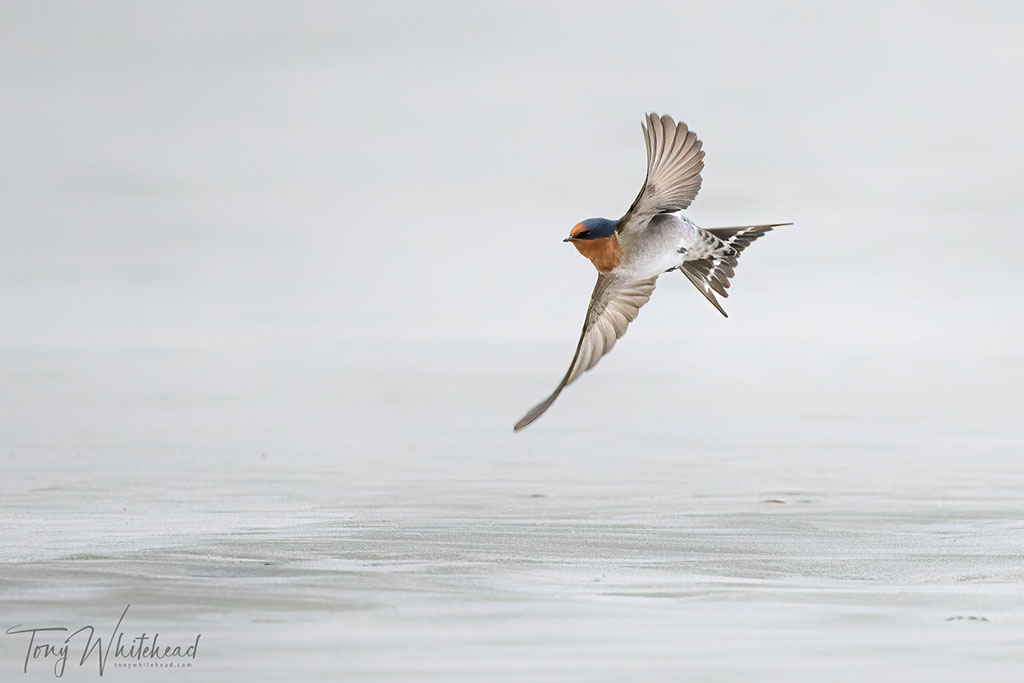
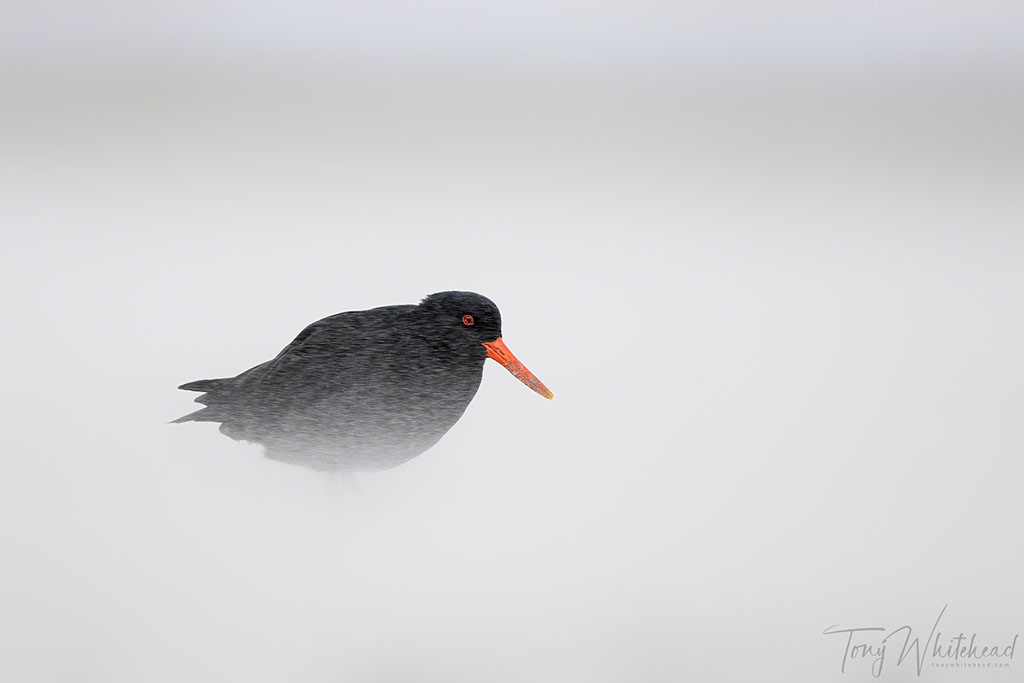
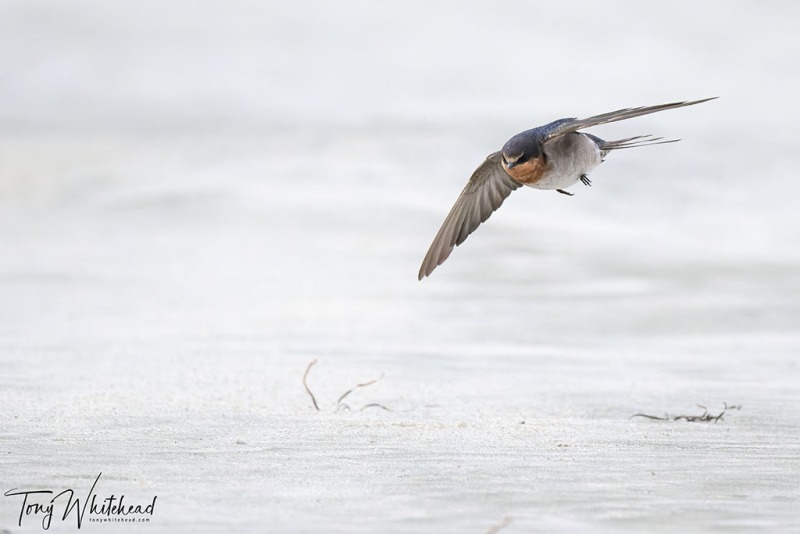
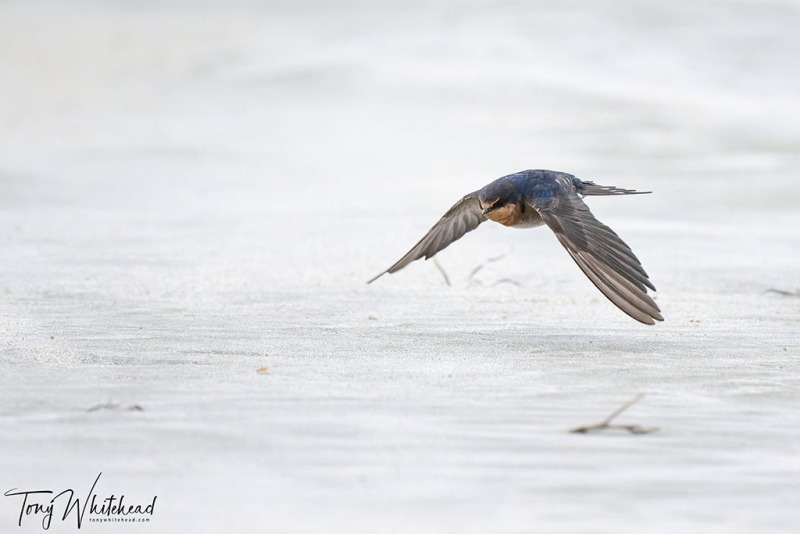
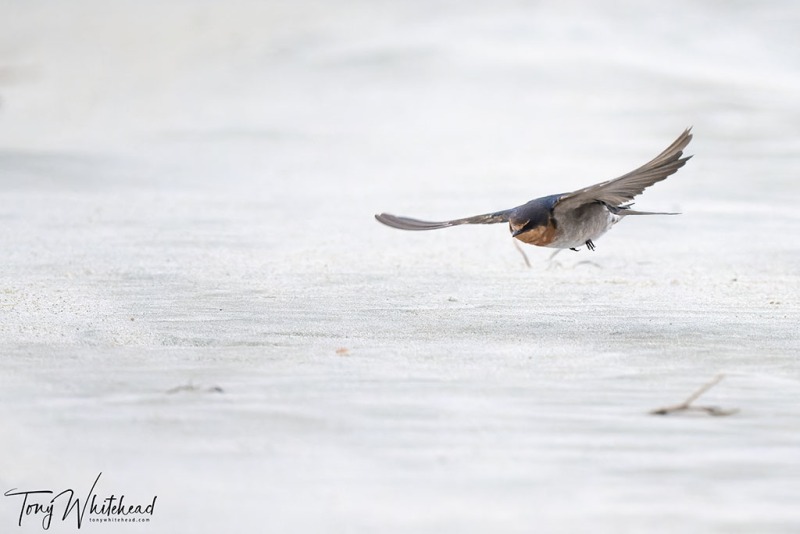
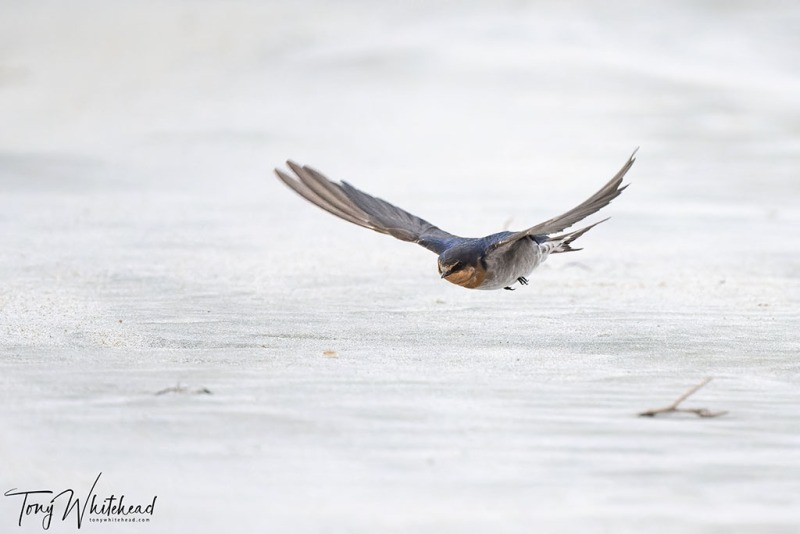
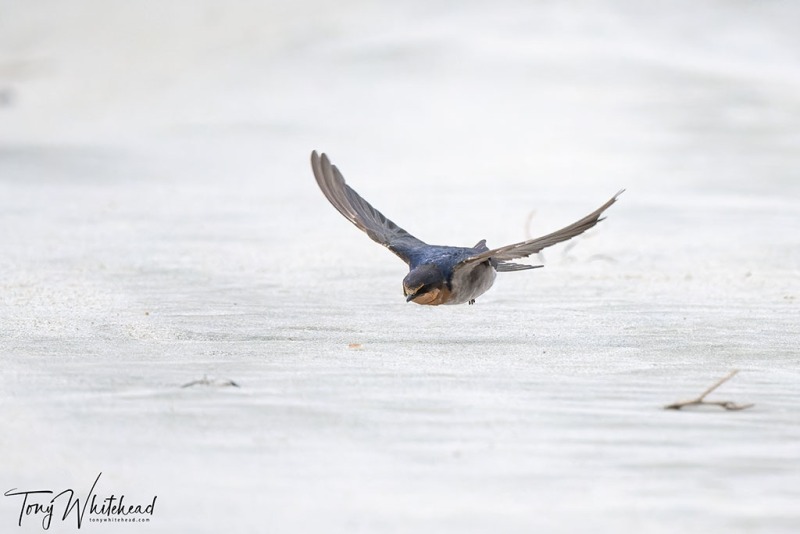
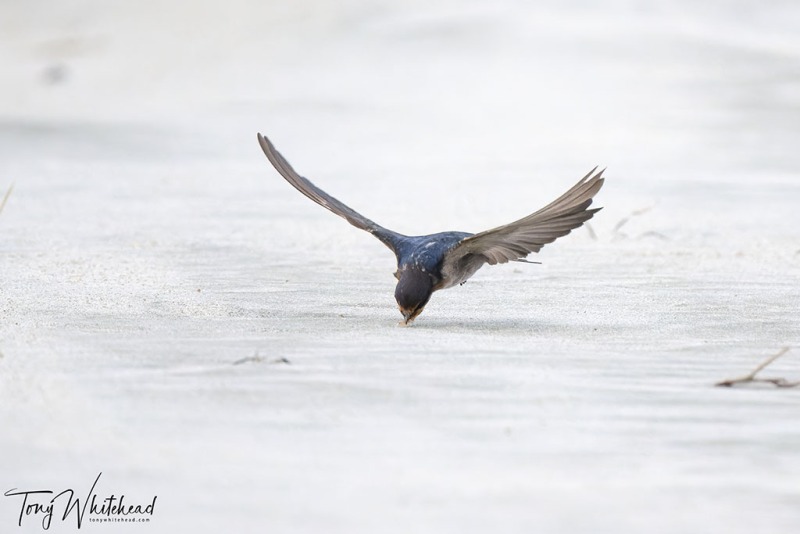
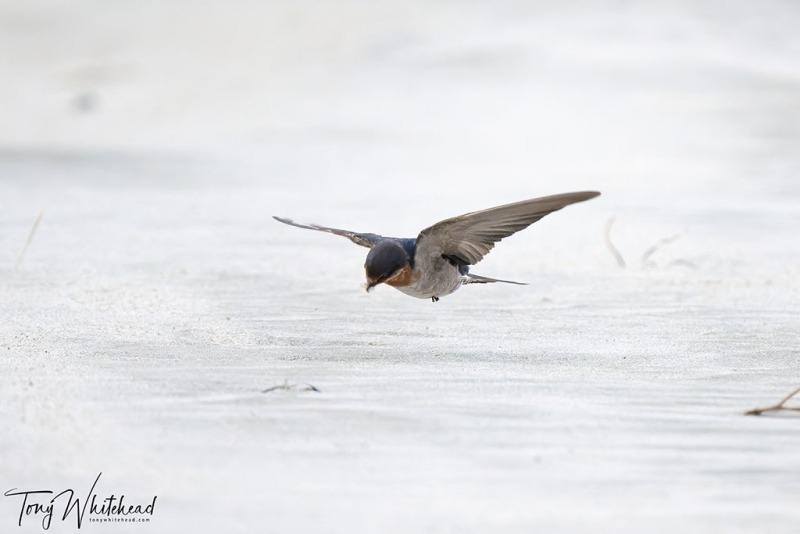
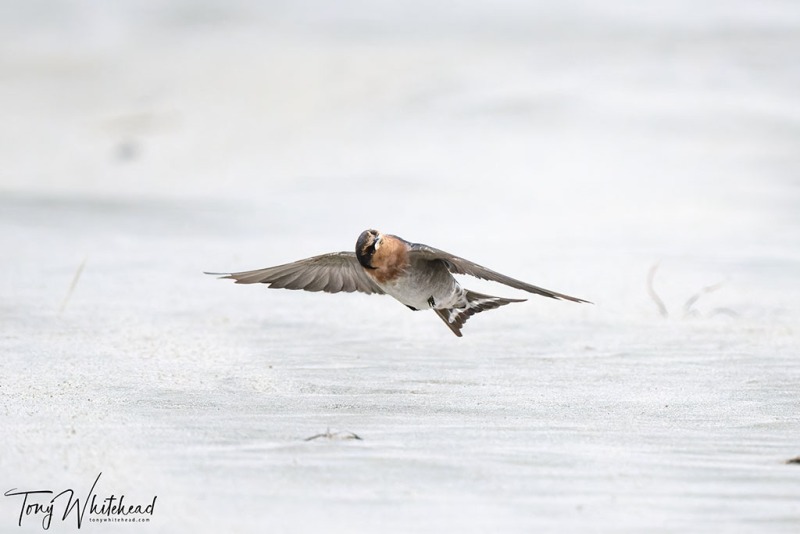
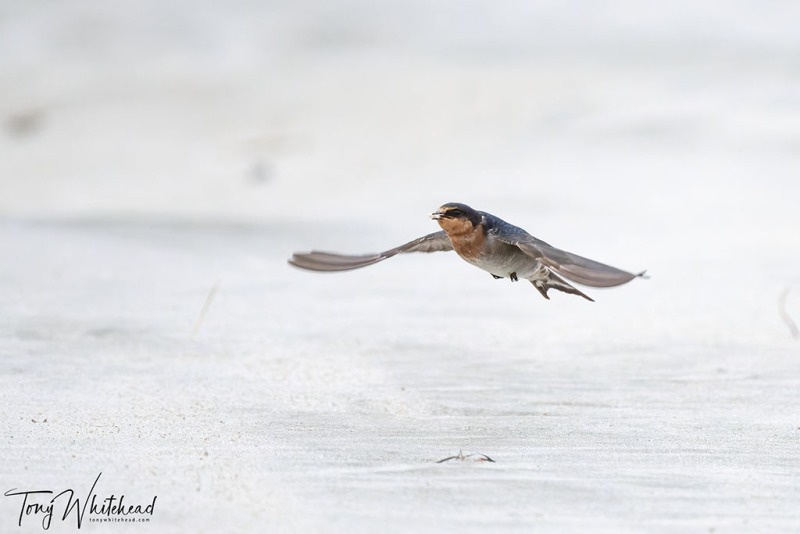
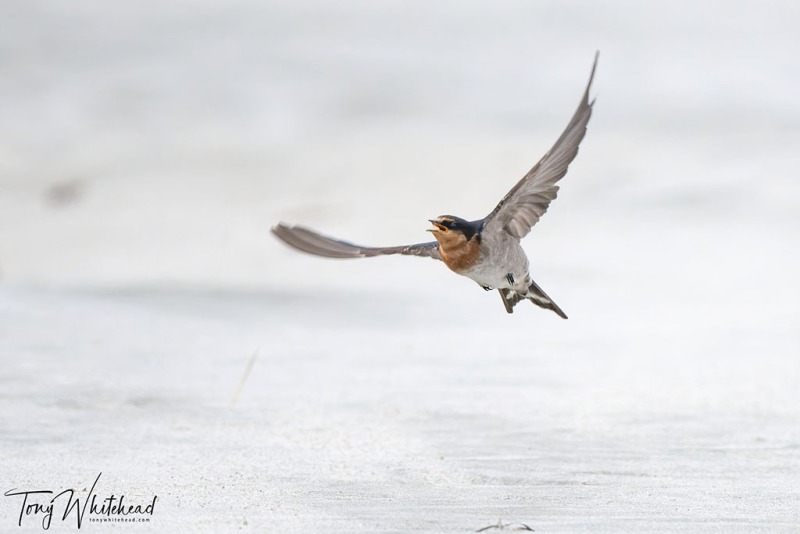
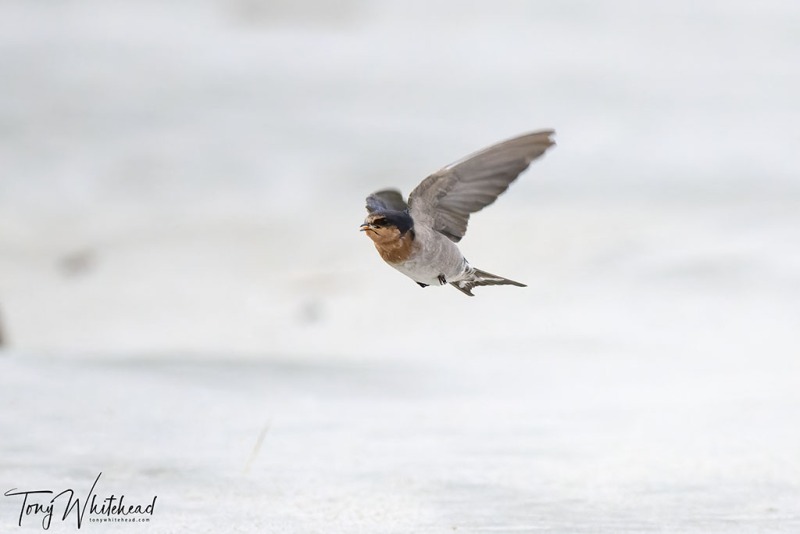
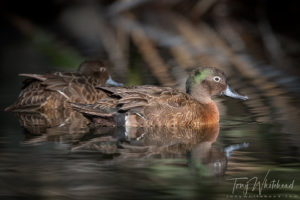
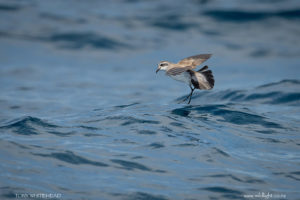
Alistair
30 May 2022Another highly informative entry. This blog really is an outstanding resource for photographers.
tony
30 May 2022Thanks, Alistair. Glad to know that you are finding it useful.